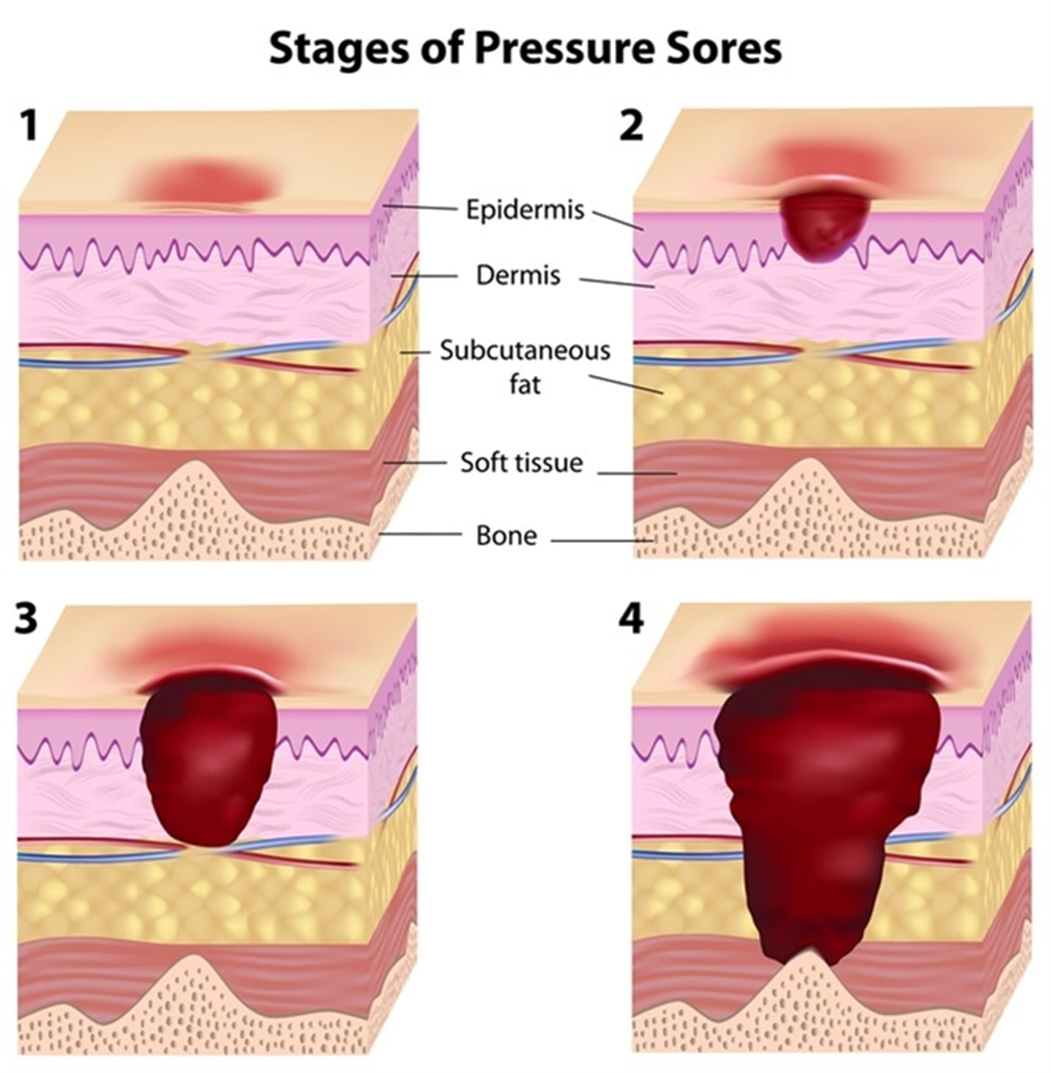A nurse working on a medical-surgical unit is managing the care of four clients. The nurse should schedule an interdisciplinary conference for which of the following clients?
A client who has orthostatic hypotension and is receiving IV fluids
A client who has Type 1 diabetes and uses an insulin pump
A client who is at risk for pressure ulcers and has an albumin level of 4.2 g/dL
A client who is receiving heparin and has an aPTT of 34 seconds
The Correct Answer is D
Choice A reason: This client does not need an interdisciplinary conference because their condition is not complex or chronic. The nurse can manage the client's care by monitoring their vital signs, fluid intake and output, and hydration status. The nurse can also educate the client on how to prevent orthostatic hypotension by changing positions slowly and wearing compression stockings.
Choice B reason: This client does not need an interdisciplinary conference because their condition is well-controlled and self-managed. The nurse can manage the client's care by checking their blood glucose levels, administering insulin as prescribed, and providing dietary and lifestyle education. The nurse can also collaborate with the diabetes educator or the endocrinologist if needed.
Choice C reason: Although this client is at risk for pressure ulcers, their albumin level is within the normal range, indicating adequate nutritional status. Low albumin levels are often associated with poor wound healing and increased risk of skin breakdown, but in this case, nutrition does not appear to be a concern. Preventive measures, such as regular repositioning, skin assessments, and pressure-relieving devices, can be implemented by nursing staff without requiring an interdisciplinary meeting.
Choice D reason: This client is the most appropriate candidate for an interdisciplinary conference. The activated partial thromboplastin time (aPTT) is a critical lab value for monitoring heparin therapy, and a level of 34 seconds is below the therapeutic range. A subtherapeutic aPTT increases the risk of clot formation, indicating that the heparin dose may need to be adjusted. An interdisciplinary team, including the physician, pharmacist, nurse, and laboratory personnel, should collaborate to ensure safe and effective anticoagulation management. This conference would allow for a discussion on dosage adjustments, potential medication interactions, and continued monitoring to prevent complications such as deep vein thrombosis or pulmonary embolism.

Nursing Test Bank
Naxlex Comprehensive Predictor Exams
Related Questions
Correct Answer is B
Explanation
Choice A reason: Contacting the client's next of kin to obtain consent for treatment is not a correct action, as it may delay the necessary and urgent care for the client. The nurse should assume that the client would consent to life-saving treatment and act in the client's best interest.
Choice B reason: Proceeding with treatment without obtaining written consent is the correct action, as it is justified by the emergency doctrine. The nurse should provide immediate and appropriate care for the client who is unable to give consent due to their condition.
Choice C reason: Having the client sign a consent for treatment is not a correct action, as the client is disoriented and cannot give informed consent. The nurse should not ask the client to sign any documents that they may not understand or remember.
Choice D reason: Notifying risk management before initiating treatment is not a correct action, as it is not a priority in an emergency situation. The nurse should focus on the client's needs and safety and document the care provided and the rationale for the actions taken.
Correct Answer is A
Explanation
Choice A reason: This is the correct choice because a social worker can help the parent with financial assistance, insurance coverage, or other resources to obtain the nebulizer and the medication for the child. A social worker can also provide emotional support and education to the parent and the child about asthma management.
Choice B reason: This is not the correct choice because a pharmacist can only provide information about the medication, such as the dosage, side effects, and interactions. A pharmacist cannot help the parent with the cost of the nebulizer or the medication.
Choice C reason: This is not the correct choice because child protective services is not a referral that the nurse should recommend in this situation. The parent is not neglecting or abusing the child, but rather expressing a concern about the affordability of the nebulizer. Reporting the parent to child protective services could cause more harm than good to the parent-child relationship and the child's well-being.
Choice D reason: This is not the correct choice because a respiratory therapist can only provide technical assistance and education on how to use the nebulizer and the medication. A respiratory therapist cannot help the parent with the cost of the nebulizer or the medication.
Whether you are a student looking to ace your exams or a practicing nurse seeking to enhance your expertise , our nursing education contents will empower you with the confidence and competence to make a difference in the lives of patients and become a respected leader in the healthcare field.
Visit Naxlex, invest in your future and unlock endless possibilities with our unparalleled nursing education contents today
Report Wrong Answer on the Current Question
Do you disagree with the answer? If yes, what is your expected answer? Explain.
Kindly be descriptive with the issue you are facing.
